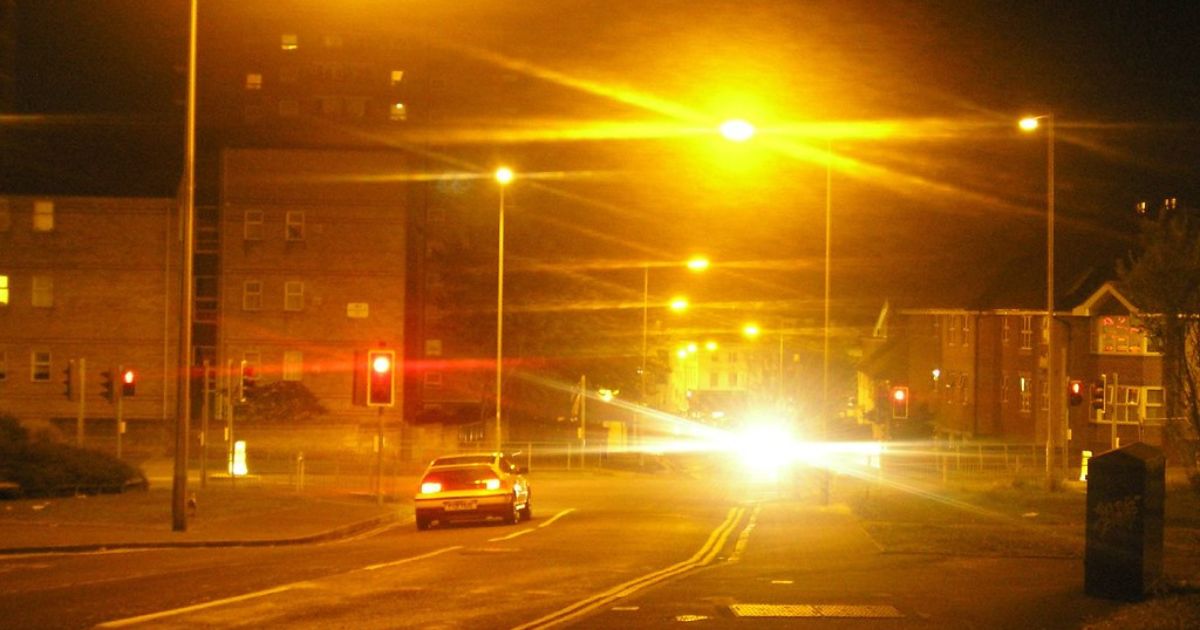There are many more cars on the road today than there were 10 years ago. And now the possibility of getting added features on them has also increased many folds. Where earlier, maximum modification was in terms of change of tires or silencers, but now, cars can make more noise, have different lights, and even have different engines. But no modifications are good.
Some of these can cause serious damage.
Massachusetts has recently enacted new regulations to address growing concerns about vehicle headlight modifications. There have been concerns regarding the safety of vehicles on road due to improperly modified lighting systems.
These lights could turn hazardous especially when LED bulbs are installed in vehicles originally designed for halogen systems.
Many drivers install these bulbs with no ill intention and only for better visibility or a modern look. However it has been noticed that such upgrades can disrupt the engineered balance of headlight systems. This could lead to dangerous road conditions for all.
One of the most frequently cited complaints from drivers on the road is the blinding glare. It is caused by overly bright or poorly aimed headlights. These lights not only cause discomfort for the other drivers, but such improper lighting can also impair the vision of others. These could lead to collisions and subsequent fatalities.
We must go back. One of the biggest mistakes we’ve made as a people is to swap these warm, soft headlights for harsh white ones that blind you at night. There was a study that said crime itself would go down if we simply switched to warm lights and there’s a reason for that. pic.twitter.com/asrbZvazFX
— 𝗥𝗢𝗖𝗞𝗬 (@TheWarKitchen) December 31, 2024
Massachusetts is not simply targeting brightness. The new law focuses on the broader issue of technical incompatibility. When LED bulbs are installed in halogen housings without proper certification, the beam pattern can scatter unpredictably. This undermines the intended safety performance of the headlight system.
According to the new Massachusetts law, the use of aftermarket LED bulbs in halogen headlight assemblies is specifically prohibited. This decision comes after these lights failed the federal safety standard. These standards require the headlight system that includes the bulb, reflector, and lens to be tested and certified as a complete unit.
If someone swaps out a bulb, it will invalidate that certification. This swap may seem harmless
but it could create a potentially hazardous lighting condition.
The reasons why many drivers continue to gravitate toward LED bulbs are their increased lifespan, energy efficiency, and sleek aesthetic. Due to these, they even ignore the law around it.
I HATE DRIVING AT NIGHT BECAUSE OF THOSE EXTREMELY BRIGHT BLINDING HEADLIGHTS!
BLINDING LED HEADLIGHTS ON NEWER VEHICLES ARE PART OF THE HOSTEL AGENDA AGAINST HUMANITY & NATURE!
PɪʀᴀᴛᴇPᴇᴛᴇ pic.twitter.com/CNpBPJSx4d
— Jasper Truth 🇺🇸 (@Jasper_Truth) December 9, 2024
These bulbs are often marketed as plug-and-play upgrades. It often leads consumers to believe the change is both safe and legal. Unfortunately, without a certified match between the bulb and the housing, these modifications are now in violation of state law. Drivers will be subjected to enforcement if found in obstruction of the said law.
Public reaction has been mixed. Some residents support the crackdown. They appreciate the efforts to increase safety and reduce glare on the roads. Others argue that the law prioritizes regulatory red tape over practical concerns.
LED High Performance headlamps are now standard equipment, and flatter than before, while redesigned all-LED rear lights are also standard in the #MercedesBenz #GLC.
Learn more: https://t.co/F2lNwcF530 pic.twitter.com/jqRGPwplmr
— Mercedes-Benz (@MercedesBenz) July 26, 2019
In response to the new law, car manufacturers and aftermarket brands are now offering certified LED upgrade kits. These all-in-one solutions are one way to bridge the gap between modern lighting demands and legal hoopla.
As this new regulatory environment evolves, it’s clear that safe upgrades are possible, but they’ll require more than just a bulb swap.













